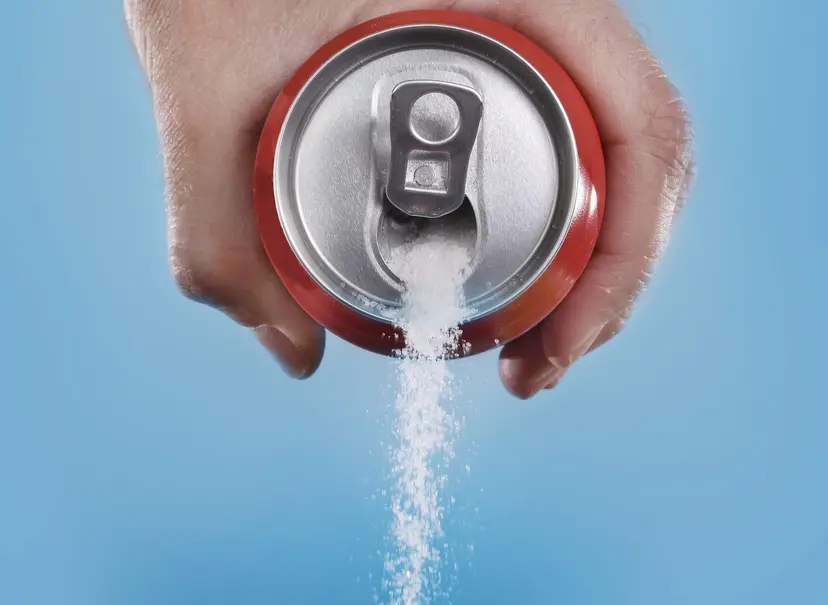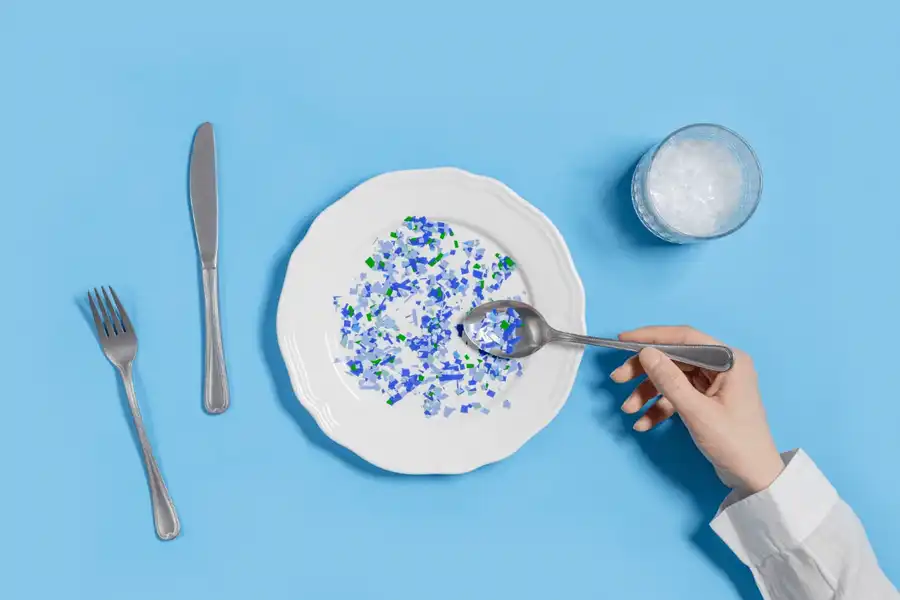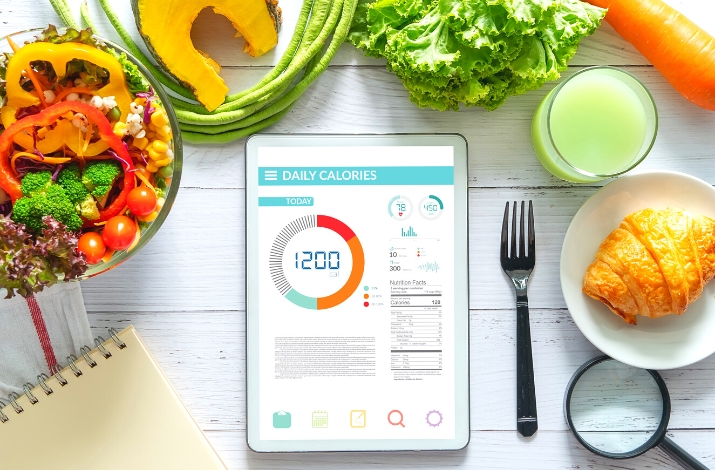I used to think I was doing everything right.
I skipped desserts. I drank fruit juice, not soda. I ate “whole grain” cereals and low-fat yogurts. My pantry was stocked with “healthy” snacks and protein bars.
But I couldn’t shake the brain fog. The post-lunch crashes. The belly bloat that crept up even though I was hitting the gym and logging my steps.
Then I looked closer.
Not at the calories. Not at the fats.
But at the sugar—and specifically, one kind of sugar: fructose.
That’s when the puzzle started to make sense.
The Sugar That Flies Under the Radar
Fructose sounds harmless. It’s the sugar found in fruit, right?
But the form we’re eating it in today is anything but natural.
See, fructose in fruit comes wrapped in fiber, water, and micronutrients. It’s slow. Gentle. Digestible.
But fructose in your granola bar, your salad dressing, your protein shake, your “natural” juice? That’s refined. Fast. And it hits your liver like a wrecking ball.
What No One Told Me About Fructose
Here’s the part no one talks about enough:
Unlike glucose, which your whole body can use for energy, fructose can only be processed in large amounts by your liver.
When your liver gets overwhelmed?
1. It turns that fructose into fat.
2. It creates uric acid, increasing your risk of gout and high blood pressure.
3. It builds up in the liver as non-alcoholic fatty liver disease (NAFLD), now shockingly common even in kids.
4. It triggers insulin resistance, which can lead to Type 2 diabetes, PCOS, and weight gain that feels impossible to control.
All this… from the sweetener in your morning “health drink.”
I Drank My Way Into Metabolic Confusion
I used to drink fruit juice post-workout.
I thought I was being “clean.”
But what I was really doing?
Giving my body a fast-tracked sugar injection—one that didn’t raise my blood sugar, but silently raised my fat stores and stressed my mitochondria.
Fructose doesn’t spike insulin.
That sounds good—until you realize it doesn’t signal fullness, either. It doesn’t tell your brain you’ve eaten. It doesn’t activate the brakes.
So, you eat more. You crave more. You gain more.
And like me, you wonder:
“Why am I doing everything right but still feel off?”
The Tipping Point
It was only when I cut out added sugar completely that I noticed the difference.
- My energy stabilized.
- My brain fog lifted.
- My cravings vanished.
- The stubborn fat began to melt.
- My blood markers? They shifted, too.
The science made sense. But the lived experience? That was the real “aha.”
What You Can Do (That Actually Works)
I’m not here to fear-monger fruit.
But I am here to say:
Watch your fructose. Closely.
1. Eat real fruit—but no more than 1–2 servings a day.
Fiber slows absorption and limits overload.
2. Ditch all sweetened drinks—yes, even juices and “natural” sodas.
Drink water. Drink black coffee. Drink tea. Your liver needs the break.
3. Check the labels for hidden sugars:
If you see fructose, HFCS, agave, fruit juice concentrate—it’s a red flag.
4. Focus on whole, unprocessed foods.
Build meals around protein, healthy fats, and smart carbs.
Why This Matters More Than Ever
We live in a world where the food system is stacked against us.
Fructose is cheap. It’s addictive. And it’s everywhere.
But once you see it—really see it—you start to take your power back.
I did.
And if you’ve ever struggled with unexplained weight gain, fatigue, hunger, or metabolic markers that “don’t make sense,” maybe it’s time you did too.
Final Words: The Enemy Is Not Just Sugar !It’s Fructose
The food industry disguised it with labels like “natural,” “low-fat,” and “heart healthy.”
But the body doesn’t lie.
And the truth is this:
Fructose is the metabolic disruptor hiding in plain sight.
Know it. Spot it. Replace it.
And reclaim your energy—one meal at a time.






